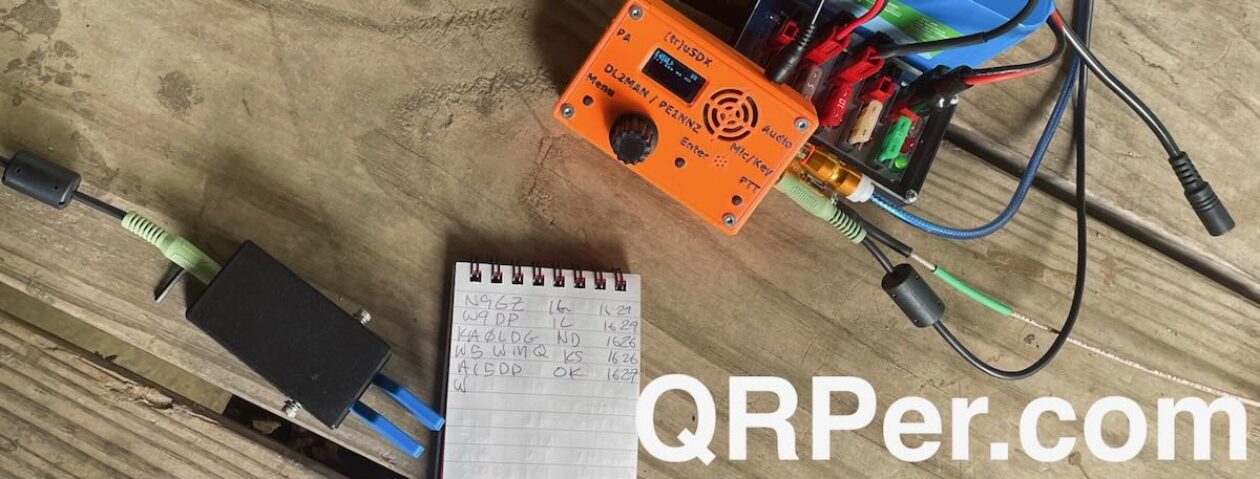 I’m lucky enough to live in a part of the world where–by and large–the weather is pretty darn nice.
I’m lucky enough to live in a part of the world where–by and large–the weather is pretty darn nice.
In fact, I recently received a comment from a reader who jokingly said that I should work for the tourism board of western North Carolina because the weather always seems so pleasant in my POTA/SOTA videos.
It’s true: most of the time I hit the field to play radio, the weather is very pleasant.
That said, you see more of these “fair weather” activations because I tend not to make videos of ones in poor conditions mainly because I don’t like managing the camera in high winds, heavy rains, or even super cold conditions–especially when I want to get in and out of the field quickly. The camera tends slows everything down.
On Friday, December 1, 2023, though, I decided to do a park activation in the rain and make a video! Here’s my field report:
Pisgah National Forest (K-4510)
 That Friday morning, I dropped my daughters off at classes, then made my way to the Mills River library to put the finishing touches on a field report and publish it. It was rainy and I wasn’t complaining; it had been a very dry fall in WNC up to that point.
That Friday morning, I dropped my daughters off at classes, then made my way to the Mills River library to put the finishing touches on a field report and publish it. It was rainy and I wasn’t complaining; it had been a very dry fall in WNC up to that point.
After I published my field report and attempted to catch up on the email backlog a bit, I hopped in the car and headed to the Sycamore Flats picnic area in Pisgah National Forest (K-4510) and Pisgah Game Lands (K-6937).
That day, knowing it would be soggy, I packed my Discovery TX-500 which is pretty much rain-proof. By this, I mean that it’s designed to cope with rain, but it’s not designed to be completely submerged in water.
Truth be told, I had no intention of making an activation video. Once I arrived on site, though, I thought, “Why the heck not?” After all, other than being rainy and chilly, conditions were pretty pleasant. That and my OSMO action camera is completely waterproof.
I grabbed the camera and started filming the activation while closing up the car.
Setting Up
When playing POTA in the rain, I tend to select picnic tables or sites that are under the canopy of trees if at all possible. Trees not only provide antenna supports, but they also help divert a bit of the rain.
I found an ideal site under the canopy of a few hemlocks.
I deployed my PackTenna end-fed half-wave (EFHW) oriented (nearly) vertically and with the feed point close to the tree trunk so that it would be better protected from the rain. I wasn’t worried about the antenna getting wet, but I also didn’t want the toroid and windings to get completely soaked either. It’s never a bad idea to use what bit of natural protection the trees can offer.
As you can see in the photo above, I had my TX-500 completely exposed, but the battery, in-line fuse, and (to some extent) the speaker mic were all protected in the TX-500’s Telesin Case.
As always, I used my Rite In The Rain notepad which is a champ at handling wet conditions. Continue reading Keying In The Rain: One rather soggy but incredibly fun POTA activation!














































































